Wreck of 17th-century warship discovered in Sweden
The wreck of a 17th-century Swedish warship — a sister ship of the famous Vasa, which sank only an hour into its maiden voyage in 1628 — has been discovered near Stockholm.
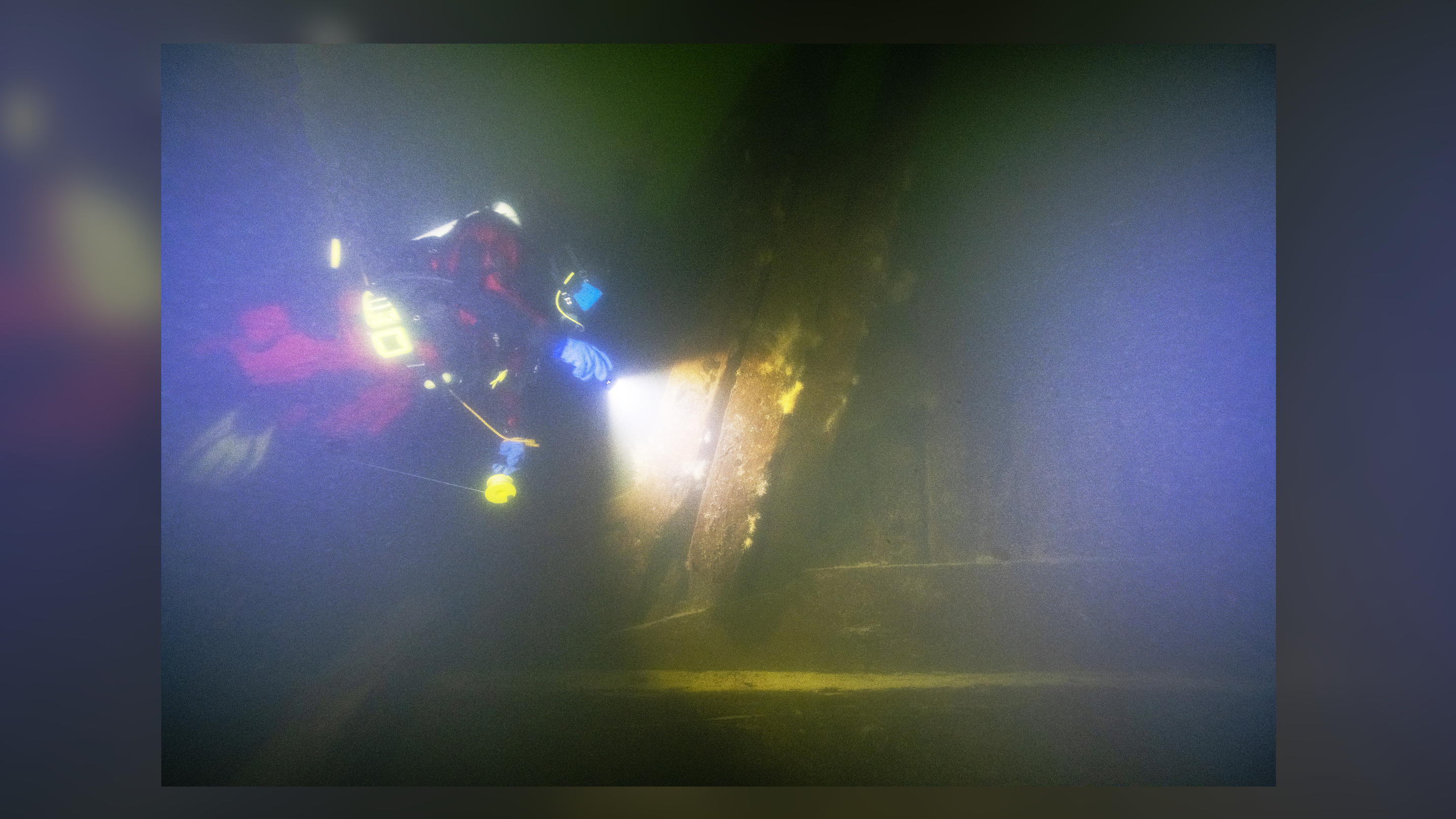
The wreck of a 17th-century Swedish warship called Äpplet — a sister ship of the famous Vasa, which sank only an hour into its maiden voyage in 1628 — has been discovered in the intricate waterways that lead to Stockholm, where it was deliberately sunk to protect the city from seaborne attacks in 1659.
The wreck is near the island of Vaxholm, but its exact location and depth are being kept secret; access to the site is controlled by the Swedish navy because the wreck is in a militarily sensitive area near the Swedish capital.
Archaeologists from Sweden's Museum of Wrecks and navy personnel made the first investigatory dives to the wreck in December 2021 and conducted a more thorough survey in the spring of 2022.
Jim Hansson, a maritime archaeologist at the museum who leads the project, said recent scientific analysis of several aspects of the wreck now leave no doubt that it is Äpplet. "It was about a month ago when all the pieces just fell together," he told Live Science. "We saw that this could not be any other ship — we were really thrilled."
Related: 15th-century Baltic warship served as a 'floating castle' for an intrepid king
The discovery of Äpplet ("The Apple") could help archaeologists better understand what caused the sinking of the Vasa, which was salvaged in 1961 and is now one of the leading museum attractions in Scandinavia.
The Vasa was named after the Swedish royal house and was among the most advanced warships of its time. It was 226 feet (69 meters) long and armed with 64 guns on two decks. Most of them were very heavy cannons that could fire a 24-pound (11 kilograms) ball.
Sign up for the Live Science daily newsletter now
Get the world’s most fascinating discoveries delivered straight to your inbox.
But the ship sank on Aug. 10, 1628, after sailing just 4,265 feet (1,300 m) from an anchorage in Stockholm Harbor, when it foundered in a gust of wind in full view of a crowd of people. About 30 crewmembers died in the sinking.
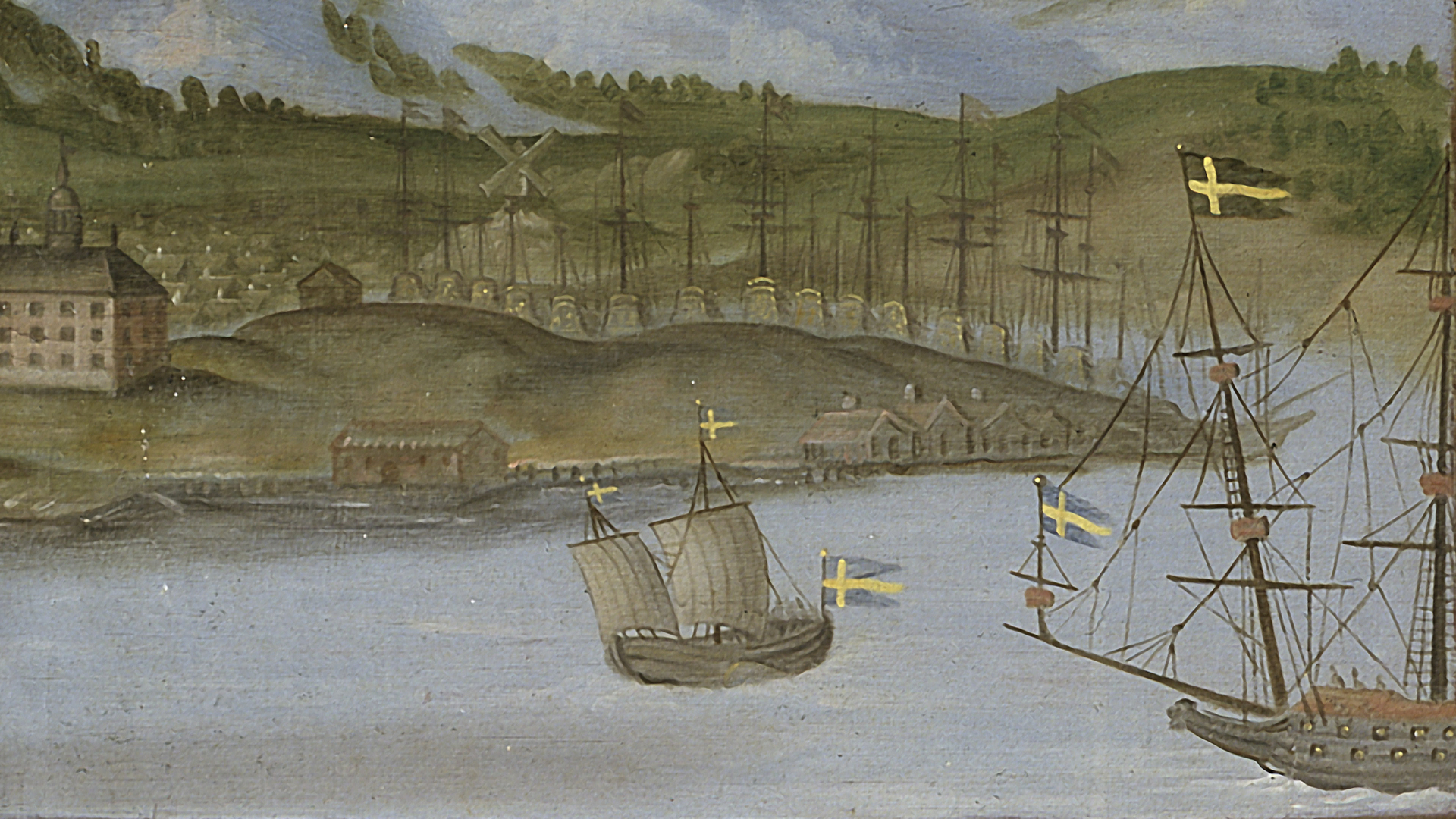
Historical warships
Hansson said the keys to identifying Äpplet were the tree rings visible in the timbers of the wreck, which showed conclusively that the ship was constructed from the same batch of wood as the Vasa, and accurate measurements of the hull that showed it had been built a few feet wider than the Vasa, which historical accounts attest.
Both the Vasa and Äpplet were designed by the Dutch-born shipwright Henrik Hybertsson. But he died in 1627, and the construction was completed by another Dutch-born shipwright, Henrik Jacobsson.
After Jacobsson completed the Vasa, he suspected it might have been made too narrow for its height, so he increased the width of the hull for Äpplet, which was completed a year later and launched in 1629, Hansson said.
Related: World's deepest shipwreck found — a US navy warship sunk in biggest sea battle of WWII
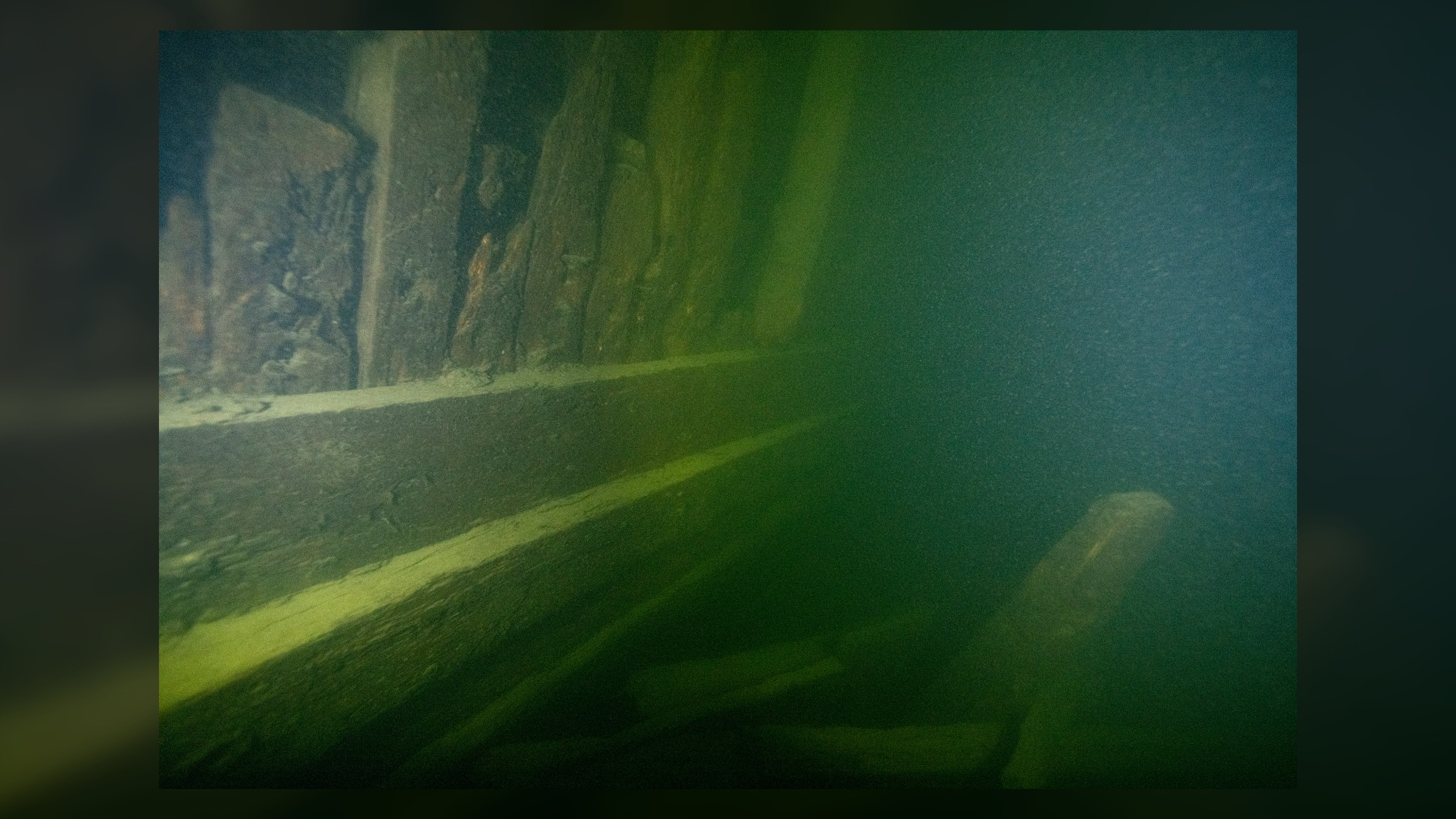
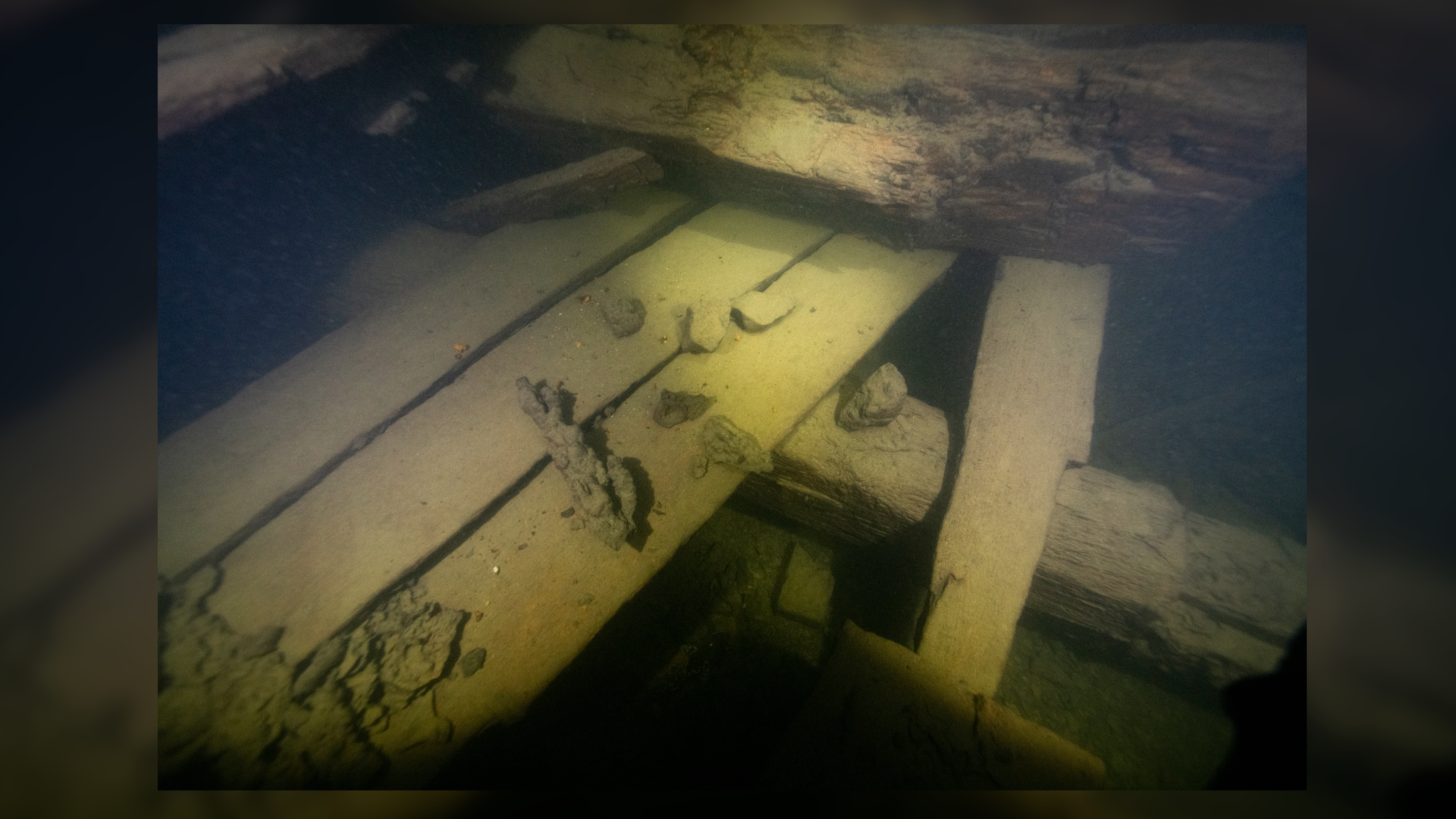
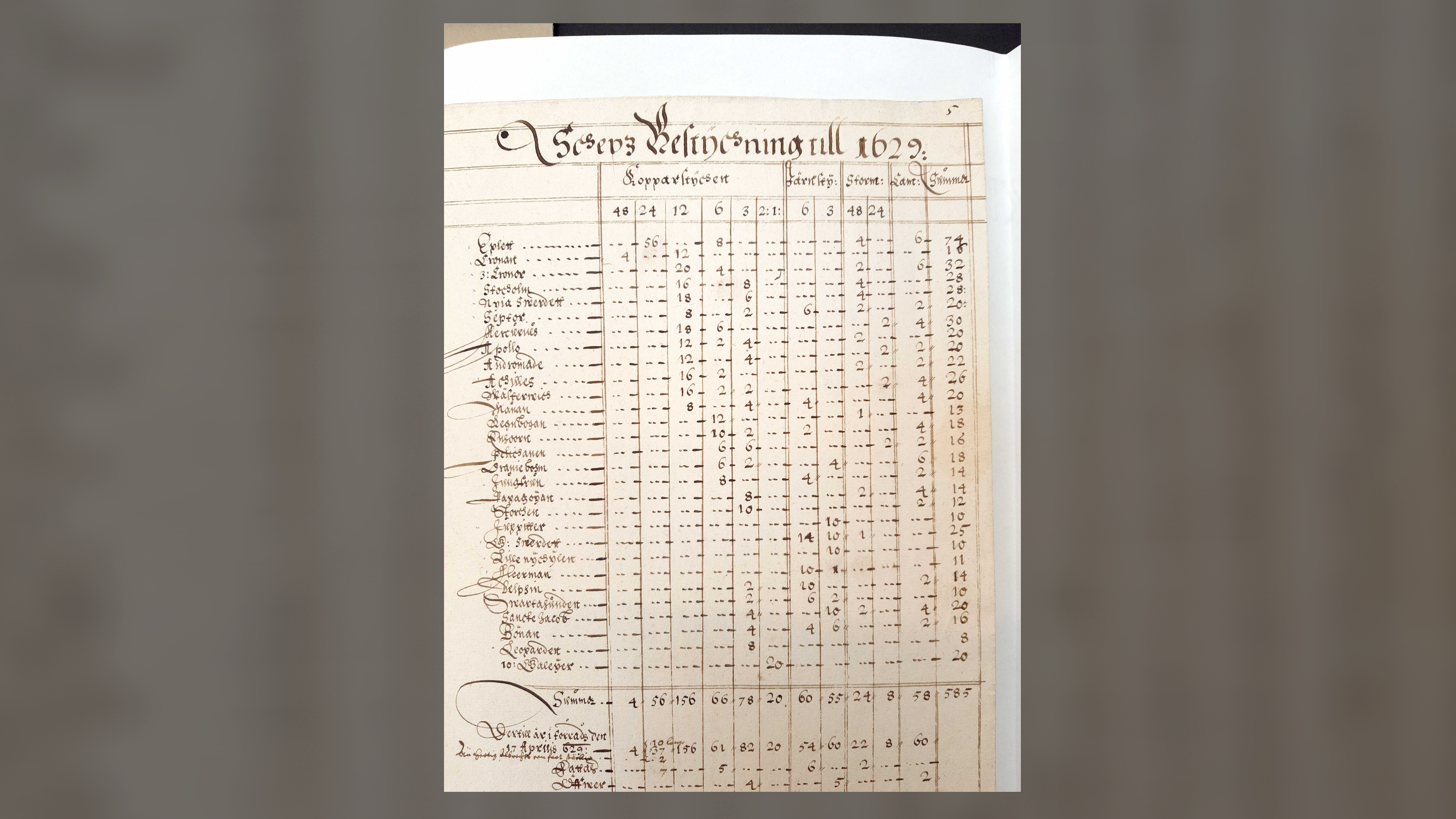
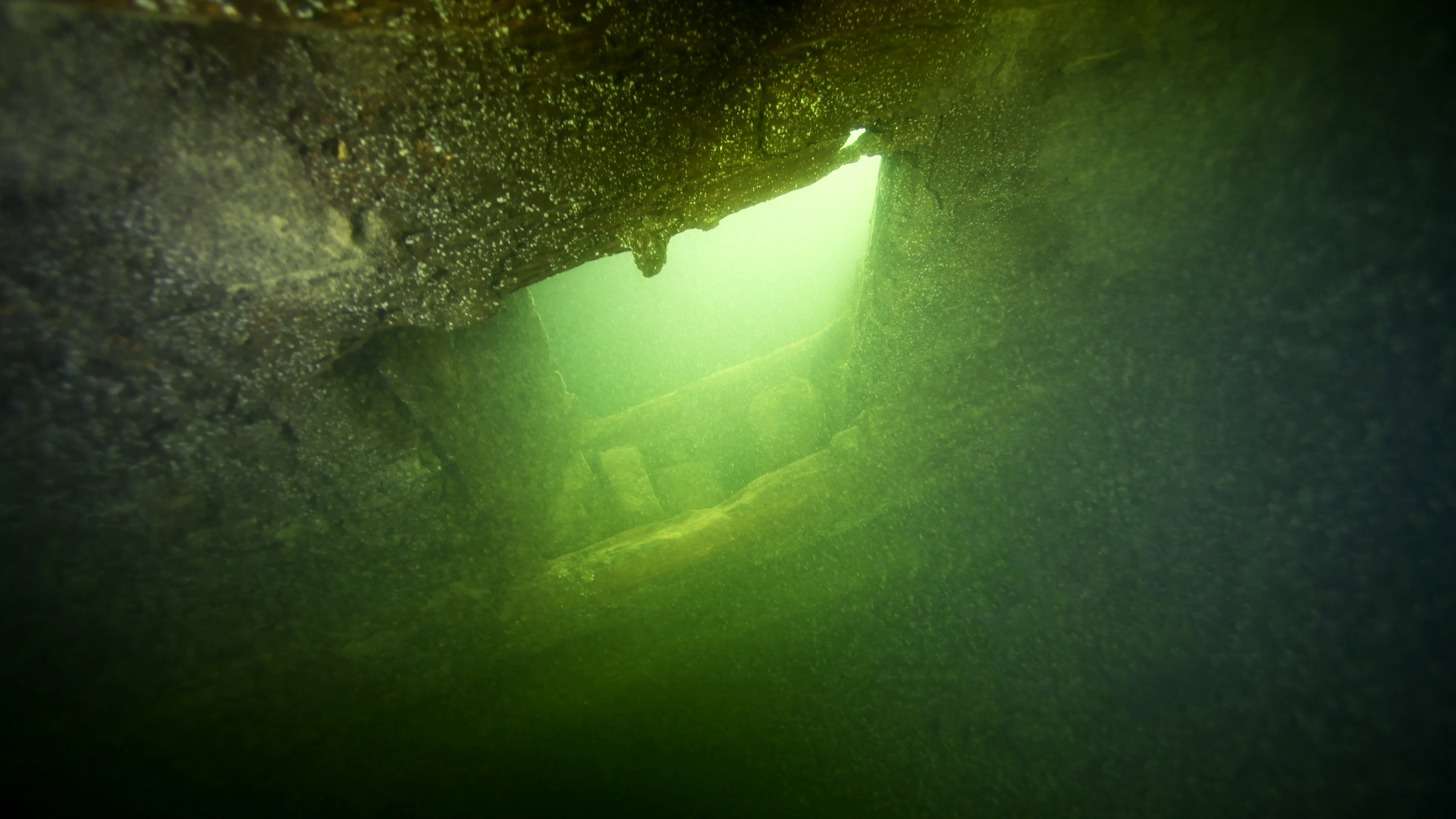
Jacobsson also built two later warships of almost the same design: Kronan ("The Crown") and Scepter, both of which were made even wider. Scepter, especially, was very stable and a "good sailor," Hansson said. "So it took four ships to make a really good ship," he said.
The crucial problem with the Vasa appeared to be that it was too narrow for its height above the water, which allowed it to carry another deck for guns but also made it prone to leaning in heavy winds, he said.
"The king and the admirals wanted to have a heavy armament on the ship," Hansson said. But "if they had the lower gun ports open, and if they had too much ballast, and if it was windy … then it would be really unstable."
Deliberate sinking
The Äpplet wreck is important in its own right as an early 17th-century warship and will cast new light on the Vasa and the reasons for its sinking.
One of the most crucial features of the newfound wreck is that its hull is exposed in places where the Vasa's is not; that difference will enable archaeologists to study the construction of both ships without violating the legal preservation orders that surrounded the Vasa.
"It has an enormous potential for us, for the simple reason that I'm not allowed to take Vasa apart," said Fred Hocker, director of research at the Vasa Museum. "But the structure of the hull is four or five layers of timber thick that I can't see and can't get to."
The wrecks of the two later ships in the same series, Kronan and Scepter, have not been found yet, "but we're on the trail," Hocker said.
Like Äpplet, they were deliberately sunk in the middle of the 17th century to protect against sea approaches on Stockholm by snagging the hulls of enemy vessels, he said.
Hansson added that Sweden was engaged in wars with the Netherlands, Denmark and Poland during this time, and the decision to deliberately sink the ships meant that they continued to have a role in defense.
"They got a second history — they defended Sweden on the sea, and then they ended up on the seabed where they were still defending," he said.
Tom Metcalfe is a freelance journalist and regular Live Science contributor who is based in London in the United Kingdom. Tom writes mainly about science, space, archaeology, the Earth and the oceans. He has also written for the BBC, NBC News, National Geographic, Scientific American, Air & Space, and many others.









